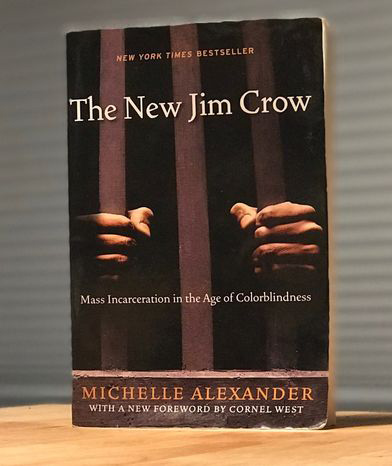


And then suddenly there was a dramatic increase in incarceration rates in the United States, more than a 600 percent increase in incarceration from the mid-1960s until the year 2000.Īn exceptional growth in the size of our prison population, it was driven primarily by the war on drugs, a war that was declared in the 1970s by President Richard Nixon and which has increased under every president since. About 100 of 100,000 people were incarcerated, and that rate remained constant up until into the early 1970s. Give me a sense of what’s happened over the last 40 years in terms of the numbers of people in prison, in terms of how it’s affected specific communities, whether it’s very high turnover or people coming on now.įor a very long time, criminologists believed that there was going to be a stable rate of incarceration in the United States. It is a system that operates to control people, often at early ages, and virtually all aspects of their lives after they have been viewed as suspects in some kind of crime. It is the process by which people are swept into the criminal justice system, branded criminals and felons, locked up for longer periods of time than most other countries in the world who incarcerate people who have been convicted of crimes, and then released into a permanent second-class status in which they are stripped of basic civil and human rights, like the right to vote, the right to serve on juries, and the right to be free of legal discrimination in employment, housing, access to public benefits. Mass incarceration is a massive system of racial and social control. This is the edited transcript of an interview conducted on Sept.

She spoke with FRONTLINE about how the war on drugs spawned a system dedicated to mass incarceration, and what it means for America today. Michelle Alexander is the author of the bestseller The New Jim Crow, and a civil-rights advocate, lawyer, legal scholar and professor.


 0 kommentar(er)
0 kommentar(er)
